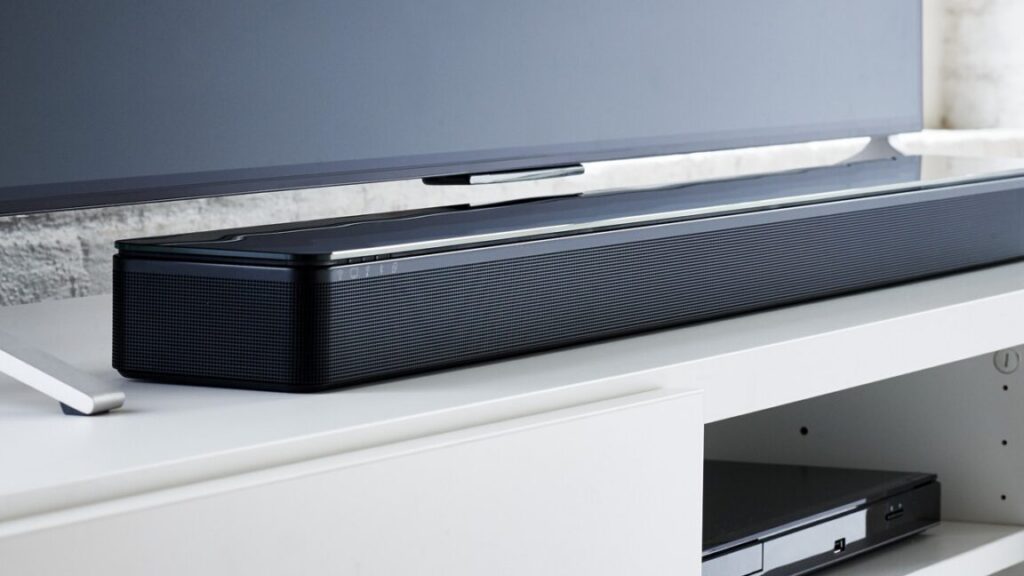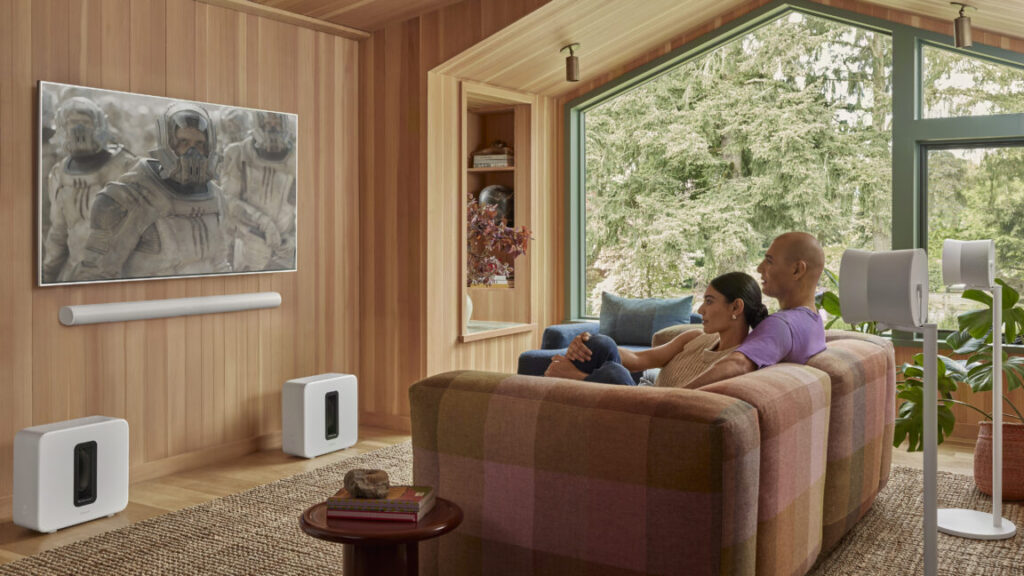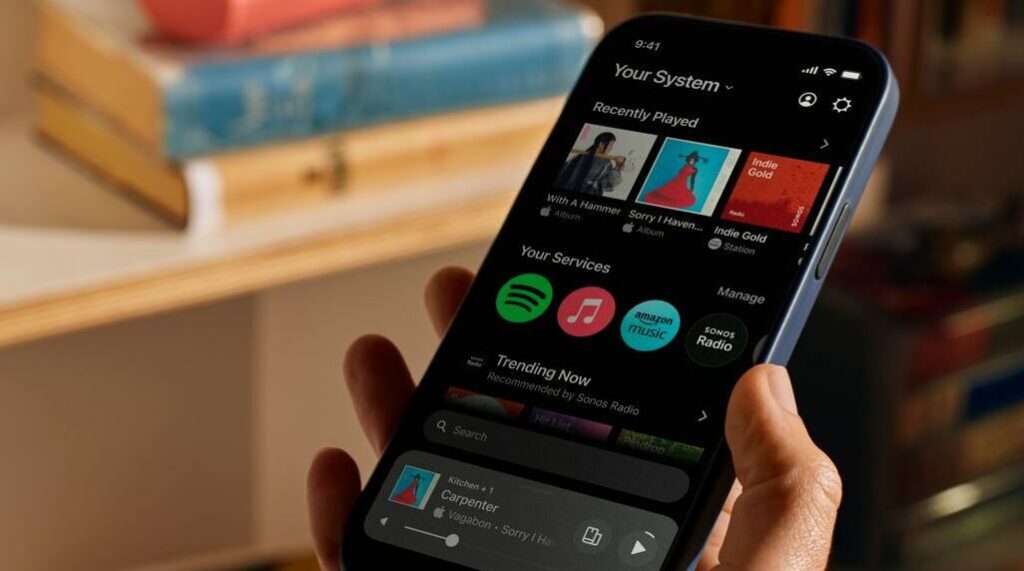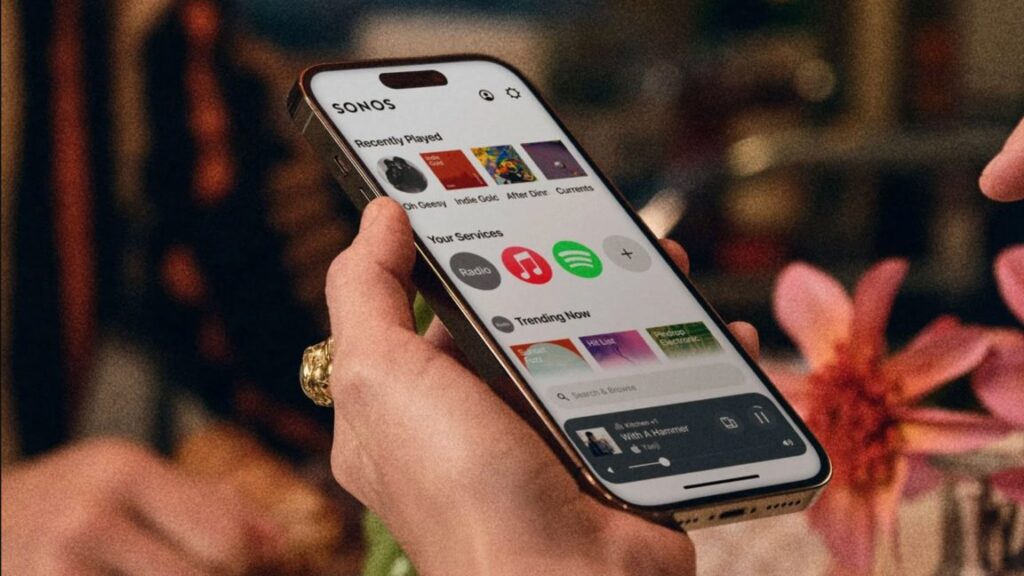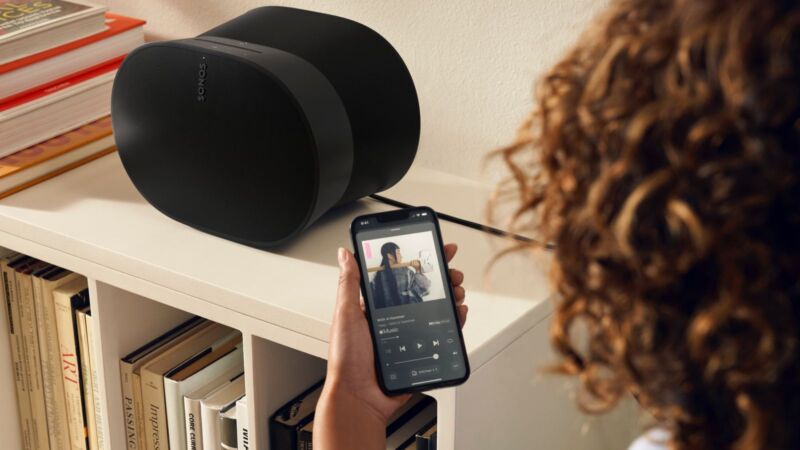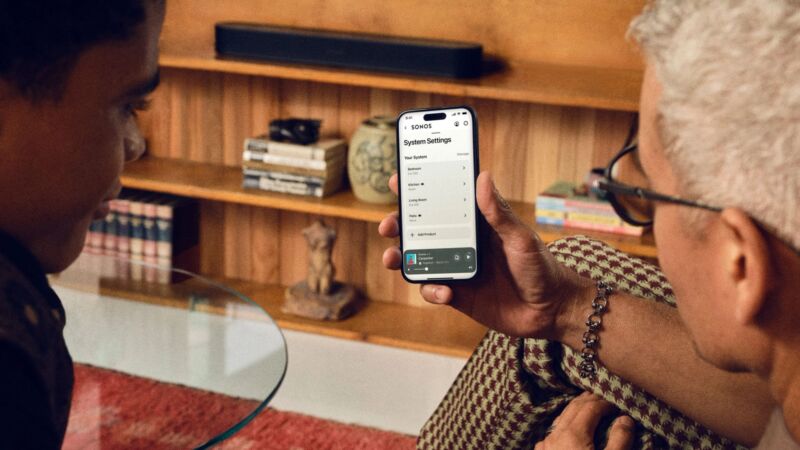Bose SoundTouch home theater systems regress into dumb speakers Feb. 18
Bose will brick key features of its SoundTouch Wi-Fi speakers and soundbars soon. On Thursday, Bose informed customers that as of February 18, 2026, it will stop supporting the devices, and the devices’ cloud-based features, including the companion app, will stop working.
The SoundTouch app enabled numerous capabilities, including integrating music services, like Spotify and TuneIn, and the ability to program multiple speakers in different rooms to play the same audio simultaneously.
Bose has also said that some saved presets won’t work and that users won’t be able to change saved presets once the app is gone.
Additionally, Bose will stop providing security updates for SoundTouch devices.
The Framingham, Massachusetts-headquartered company noted to customers that the speakers will continue being able to play audio from a device connected via AUX or HDMI. Wireless playback will still work over Bluetooth; however, Bluetooth is known to introduce more latency than Wi-Fi connections.
Affected customers can trade in their SoundTouch product for a credit worth up to $200.
In its notice sent to customers this week, Bose provided minimal explanation for end-of-life-ing its pricey SoundTouch speakers, saying:
Bose SoundTouch systems were introduced into the market in 2013. Technology has evolved since then, and we’re no longer able to sustain the development and support of the cloud infrastructure that powers this older generation of products. We remain committed to creating new listening experiences for our customers built on modern technologies.
Ars Technica has reached out to Bose for comment.
“Really disgusted”
Bose launched SoundTouch with three speakers ranging from $399 to $699. The company marketed the wireless home audio system as a way to extend high-quality sound throughout the home using Wi-Fi-connected speakers.
In 2015, Bose expanded the lineup with speakers ranging from $200 to $400 and soundbars and home theater systems ranging from $1,100 to $1,500.
By 2020, however, Bose was distancing itself from SoundTouch. It informed customers that it was “discontinuing sales of some SoundTouch products” but said it was “committed” to supporting the “SoundTouch app and product software for the foreseeable future.” Apparently, Bose couldn’t see beyond the next five years.
Bose SoundTouch home theater systems regress into dumb speakers Feb. 18 Read More »
